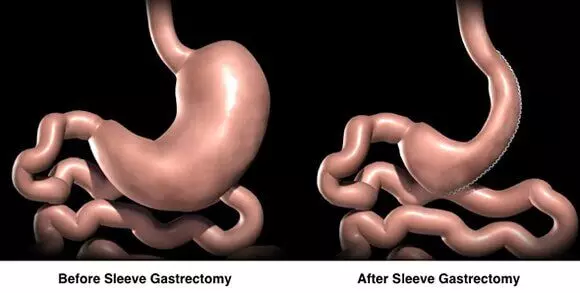New drug shows promise in treating liver disease caused by metabolic dysfunction, cancer: Study

A study published in Nature Aging has revealed a promising new drug candidate that may help combat metabolic dysfunction-associated steatotic liver disease (MASLD), a chronic liver condition that disproportionately affects communities in San Antonio due to high rates of obesity and diabetes. The condition can lead to serious complications such as liver fibrosis, cirrhosis, and liver cancer, presenting a significant public health challenge.
The groundbreaking study, co-led by Daohong Zhou, MD from The University of Texas Health Science Center at San Antonio (UT Health San Antonio) and Liya Pi, PhD, from Tulane University, demonstrates that the drug candidate can safely and effectively target and eliminate senescent cells, also known as “zombie cells,” from the liver. These senescent cells, which accumulate in the liver due to metabolic conditions, contribute to the progression of MASLD and increase the risk of liver cancer.
“Liver disease, particularly MASLD and hepatocellular carcinoma, disproportionately affects communities in San Antonio,” said Zhou, professor of biochemistry and structural biology, associate director for drug development at the Mays Cancer Center at UT Health San Antonio and director of the Center for Innovative Drug Discovery. “Our study provides a promising path toward safer and more effective treatments for these diseases.”
MASLD, which is commonly associated with obesity and diabetes, leads to fat buildup in the liver, causing inflammation and potential liver damage. The new drug candidate developed in this study targets two proteins, BCL-xl and BCL-2, that help senescent cells avoid death, thus promoting MASLD progression. By degrading these proteins, the drug induces the self-destruction of senescent cells, reducing liver fat buildup, preventing liver fibrosis, and potentially inhibiting liver cancer development.
The drug candidate was tested in a cell culture and a mouse model for MASLD, showing more powerful effects compared to previous senolytics. It selectively targeted senescent liver cells, reducing liver damage and liver cancer growth without the toxic side effects of previous therapies. The results suggest that this novel approach could be a safer and more effective alternative to other senolytic therapies.
Zhou added, “This breakthrough in targeted senolytic therapy opens the door to developing even more selective and less toxic drugs, with the potential to address a broader range of liver diseases and age-related conditions.”
The study’s findings bring hope for more effective treatments to slow the progression of MASLD and prevent the development of liver cancer, addressing an urgent unmet medical need in the region and beyond.
Reference:
Yang, Y., Jn-Simon, N., He, Y. et al. A BCL-xL/BCL-2 PROTAC effectively clears senescent cells in the liver and reduces MASH-driven hepatocellular carcinoma in mice. Nat Aging (2025). https://doi.org/10.1038/s43587-025-00811-7
Powered by WPeMatico






